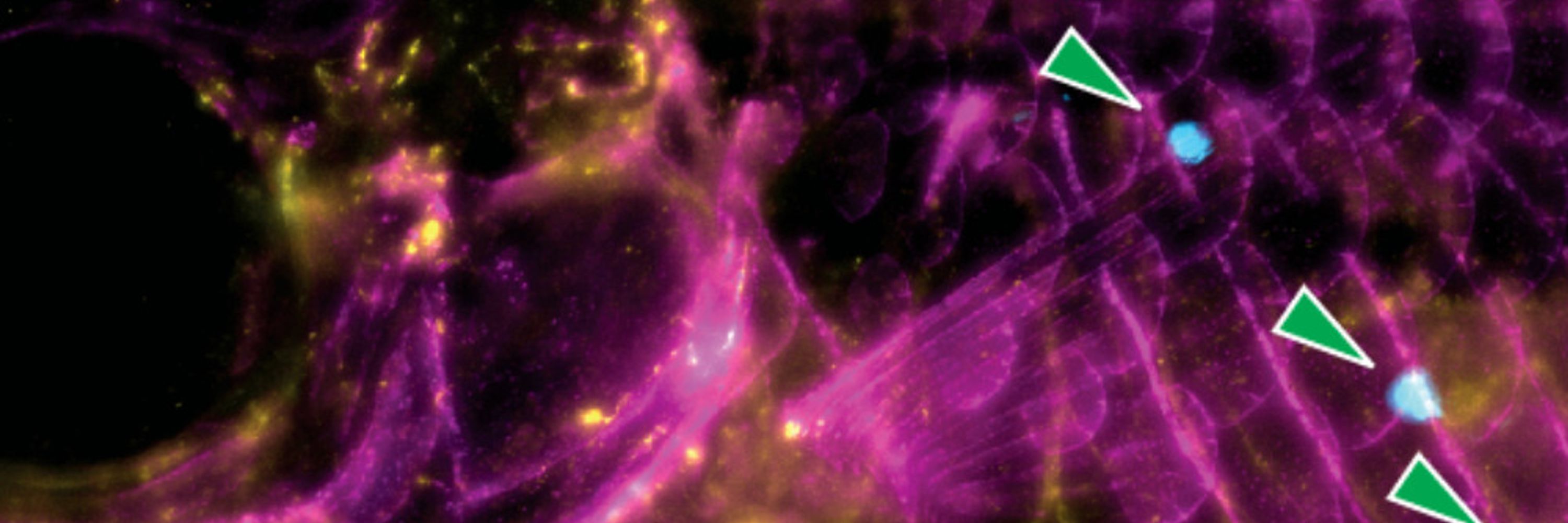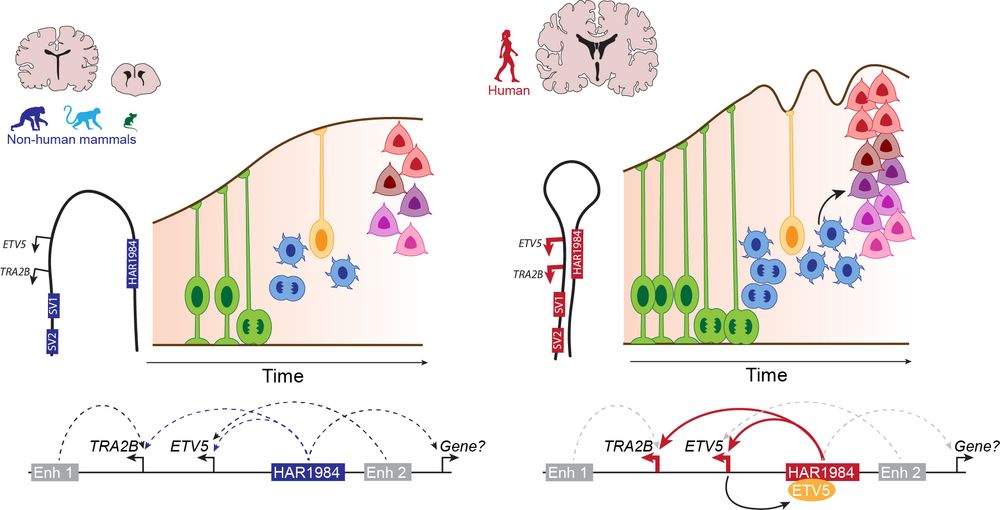David Tobin
@tobinlab.bsky.social
2.9K followers
1.2K following
16 posts
Scientist at Duke studying tuberculosis, host susceptibility to infection, and mycobacterial pathogenesis. Views are my own and do not represent those of my employer.
Posts
Media
Videos
Starter Packs
Reposted by David Tobin
Reposted by David Tobin
Reposted by David Tobin
Michael Baym
@baym.lol
· 18d
Reposted by David Tobin
Reposted by David Tobin
Reposted by David Tobin
Reposted by David Tobin
Reposted by David Tobin
Reposted by David Tobin
Reposted by David Tobin
Reposted by David Tobin
Reposted by David Tobin
Reposted by David Tobin
Dr Sian Gramates
@drglam.bsky.social
· Aug 11














